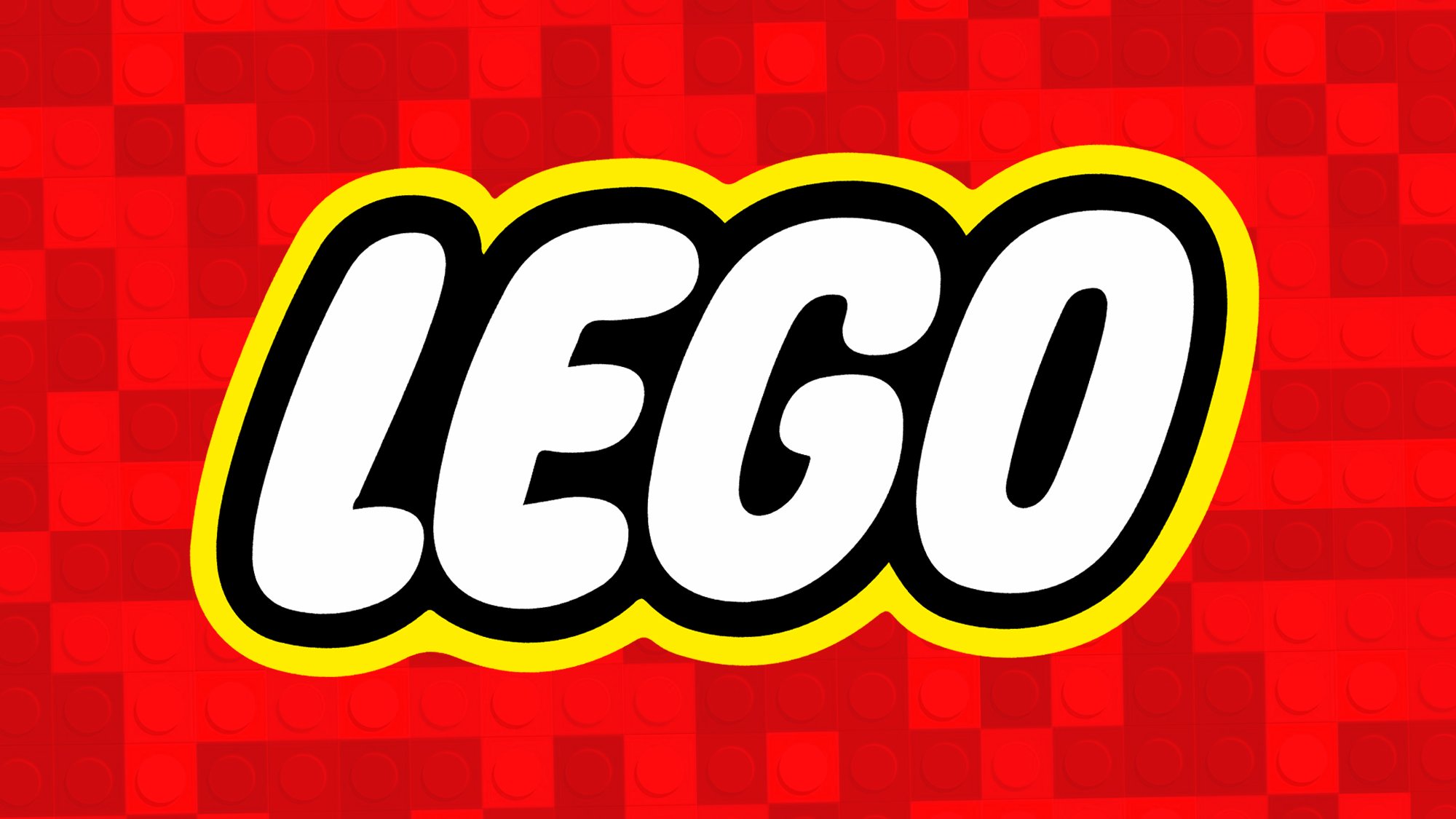In an unexpected crossover event, senior developers from Zenless Zone Zero and Street Fighter 6 recently came together for a roundtable discussion to discuss their games, their game design philosophies, and perhaps most interestingly, the thought process behind what it takes to keep players interested in each title while maintaining a depth of thought for hardcore gamers.
You can watch the full video here, which contains more than 30 minutes of discussion, but the first half is worth watching for the game design discussion. In it, Zhenyu Li (producer of Zenless Zone Zero), Shuhei Matsumoto (game producer of Street Fighter VI), and Takayuki Nakayama (game director of Street Fighter VI) share their thoughts and experiences on game development.
Manage Cookie Settings
“I think it’s more about some design principles and how they collide,” Lee said. “We just talked about action games and fighting games a little while ago, and even though they are two completely different game genres, I can find some common design principles between them.”
Nakayama agreed, saying, “I feel the same way. Fighting games are actually action games. The core principle of action games is that when you press a button, an action is reflected on the screen, and then you can combine moves to solve problems or fight enemies.”
The conversation turned to considerations about how to keep players interested in the game, and through playing games like Street Fighter IV or Street Fighter V, Yu felt that “few buttons give players an immediate, strong impact and feedback.” This obviously made him think that players might leave the game before experiencing true depth and fun.
He further explained: “I was actually thinking the same thing when it came to Zenless Zone Zero. If a game was just about dodging and reacting, monsters attacking, and our own characters attacking and defending, then the game would be a bit boring. So if we can put in this really fun and impactful mechanic, then the feedback in the moment is enough to excite the player and they can easily use this move. Then the player can reach this happy moment faster.” This statement is paired with a shot of the tag system in Zenless Zone Zero, which allows players to hot-swap characters with cinematic and powerful attacks.
This led to a discussion about player reaction times, and Nakayama used the example of Drive Impact in Street Fighter 6, saying they themselves strive to provide the instant feedback Yu mentioned. “Even though Drive Impact is a powerful move,” he said, “we also designed many different ways to avoid or counter it. This game of anticipation between offense and defense really happens on a frame-by-frame level.”
He later talked about the Drive Impact and Drive Rush systems, and how they were designed for new players: “We designed Drive Impact so that players who were new to fighting games could unleash this game-changing attack with just one button. Blocking was the defensive complement to that. Originally, the idea was to have one button for both attack and defense. We kept iterating on that idea.”
There’s a lot more to the video, but in just the first 7 minutes you can get a rough idea of the basic similarities between the two games. If you consider yourself a fan of either game, this is well worth a look!








